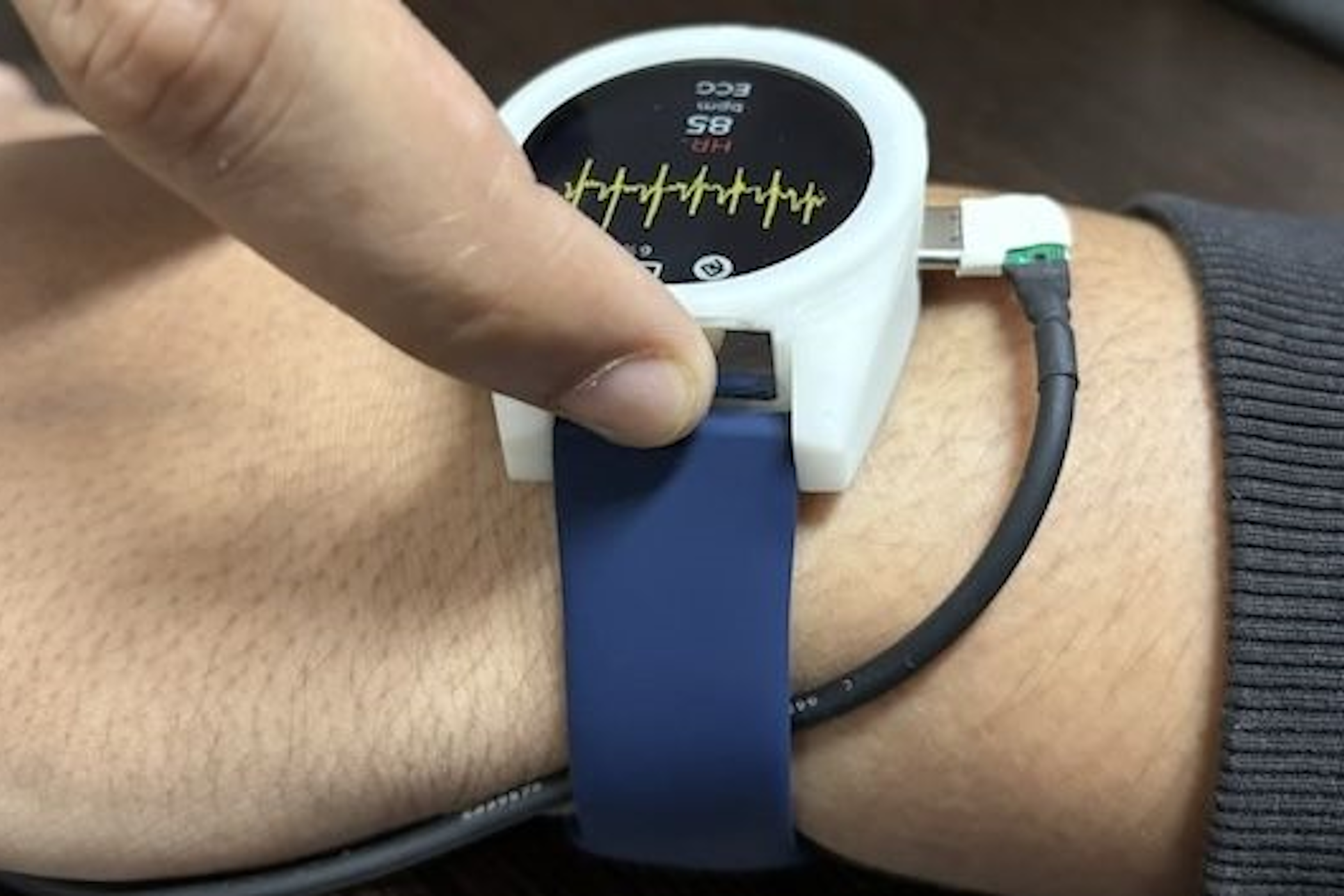Key Takeaways
- Many health trackers are closed-source, which raises privacy concerns.
- HealthyPi Move offers open-source code for total data control.
- Crowdfunding campaign allows supporters to grab a unit and ensure privacy.
Health trackers can be useful, but a lot of them are closed-source. As such, people concerned about their privacy may be a bit hesitant about where all their personal data goes after it’s been collected. There haven’t been many open-source health trackers that let people see how their data is used, but the HealthyPi Move wants to change that. Its open-source nature means you can check the entire codebase to ensure you have control over where your data goes, and best of all, you can grab a unit yourself by supporting its crowdfunding campaign.
Raspberry Pi 5 review: The holy grail of DIY projects got even better (and rarer)
The Raspberry Pi 5 is one of the most powerful consumer-grade SBCs out there. Sadly, its limited stock means you’ll have a hard time finding one.
The HealthyPi Move: a health tracker where you control your data
As spotted by CNX Software, the HealthyPi Move aims to create a health monitor you can trust. It comes with several monitors that people have come to expect from a tracker, such as an electrocardiogram to measure heart health and a photoplethysomogram to track blood pressure and oxygen levels. However, unlike the majority of health monitors available, all of the hardware and software code is open for anyone to look at. You can check out the GitHub repositories for the hardware and software sides if you like.
Despite its name, this device isn’t run by a Raspberry Pi; instead, under the hood, you’ll find a Nordic nRF5340 dual-core SoC. The funding page lists all the hardware used to create the HealthyPi Move, so you could theoretically put one together yourself and use the open-source code to get everything running. However, if you’d rather not tinker with your health tracker and would just like to buy a pre-built one, you can do so by visiting its Crowdsupply page and pledging $249 to the project.
If you’re new to the concept of building your own devices, you may (understandably) have concerns about making your own health monitor. Fortunately, we do have a beginner’s guide to the Raspberry Pi and some beginner projects that are a lot simpler to build than a health tracker.








:max_bytes(150000):strip_icc()/roundup-writereditor-loved-deals-tout-f5de51f85de145b2b1eb99cdb7b6cb84.jpg)


